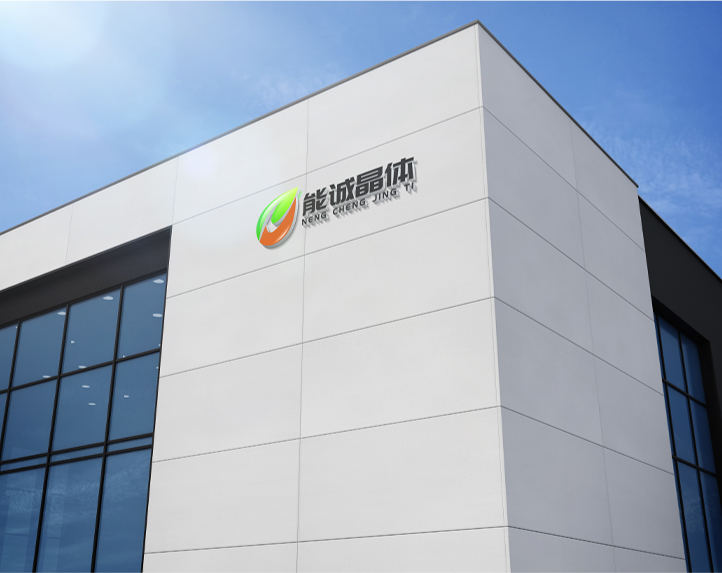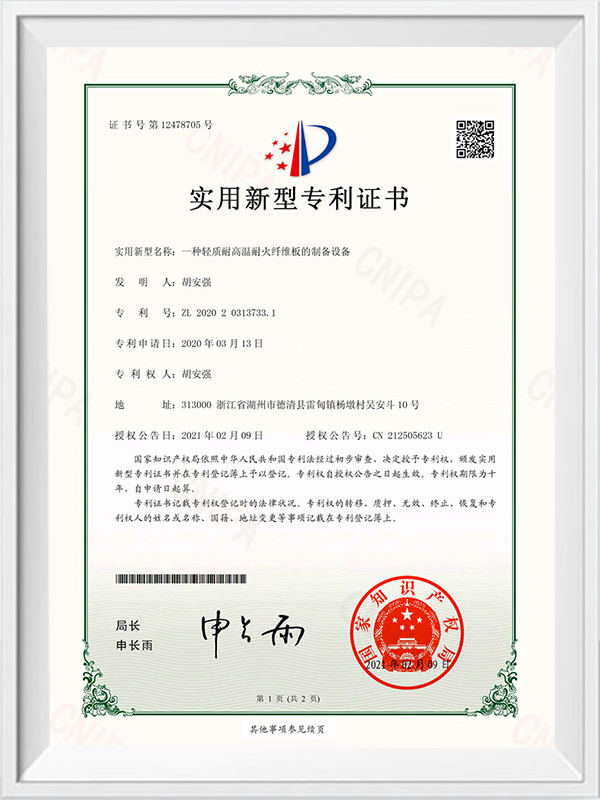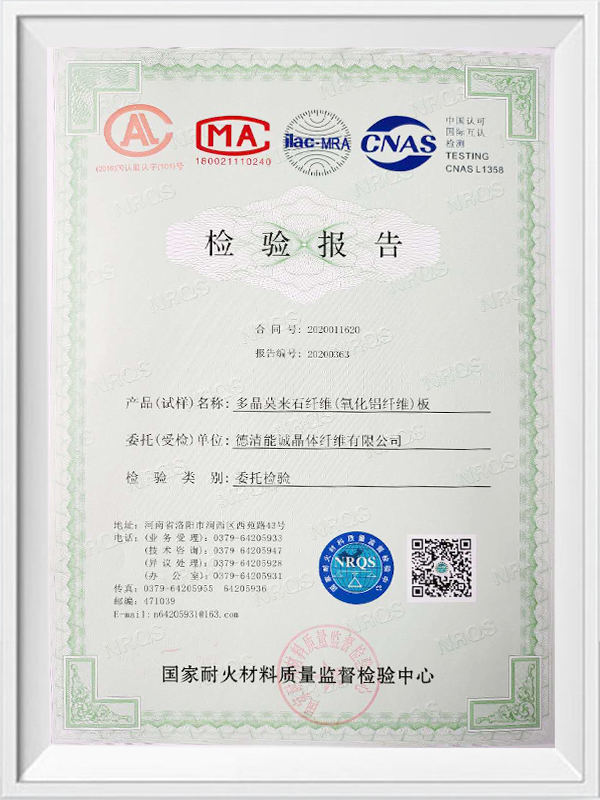
1300°C Lifting Furnace
The 1300°C lifting furnace, shown in the figure, features a separate design integrating the control system and furnace. The furnace lining is made of true-molded high-purity box-formed aluminum polycarbonate. High-temperature SiC silicon-carbon rods are used as heating elements. This specialized equipment is designed for use in laboratories of universities, research institutes, and industrial and mining enterprises for sintering, melting, analysis, and production of ceramics, metallurgy, electronics, glass, chemicals, machinery, refractories, new material development, specialty materials, building materials, metals, non-metals, and other chemical materials. The control panel is equipped with an intelligent temperature controller, power switch, main heating start/stop button, voltage and current meters, and a computer interface for monitoring the system's operating status at any time. This product utilizes reliable integrated circuits, provides a good operating environment, and is resistant to interference. At its peak, the furnace shell temperature remains below 45°C, significantly improving the operating environment. Microcomputer control, programmable curves, and fully automatic temperature rise and fall allow for the adjustment of temperature control parameters and programs during operation, providing flexibility, convenience, and ease of operation. Temperature control accuracy: ±1°C without overshoot. Constant temperature accuracy: ±1°C. Rapid heating rate, with a maximum rate of 30°C/min (non-linear). The furnace chamber is constructed entirely of vacuum-formed, high-purity alumina polycarbonate, offering high operating temperatures, low heat storage, resistance to rapid heating and cooling, no cracking, no slagging, and excellent thermal insulation (energy savings exceeding 80% of traditional electric furnaces). A rational structure, double-layered inner and outer jackets, and air cooling significantly shorten test cycles.


-
Overview: scope and practical intent This article explains the practical factors that determine the energy efficiency of Industrial heating elements operating continuously. It focuses on measurable variables (watt density, sheath material, thermal coupling), control and system integration, common sources of energy loss, and maintenance or design choices that improve long-run efficiency for furnaces, ovens, dryers, immersion heaters and inline process heaters. Element type, geometry and surface l...





 English
English Español
Español عربى
عربى





